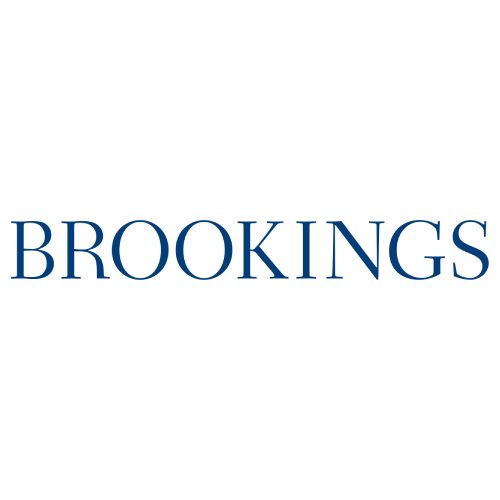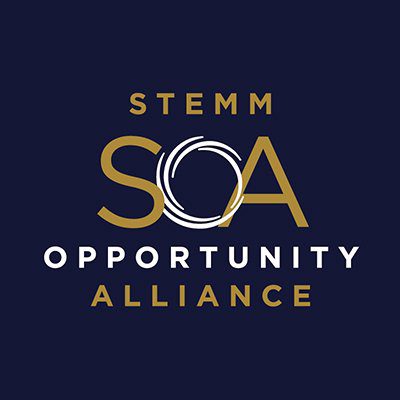Whether it’s the pandemic, climate change, food shortages, or economic inequality, almost all of the world’s most pressing problems would benefit from STEM-based solutions. Fourteen of the 16 fastest-growing “industries of the future” are STEM industries, and all of the top 25 degrees by pay and demand are in the STEM subjects. By 2025, there will be 3.5 million STEM jobs open in the United States alone.
We could fill those jobs with top talent, but right now, only a tiny fraction of our nation’s population has the necessary STEM skills, knowledge, and agency. STEM inequities disproportionately affect young people of color, rural kids, kids in poverty, and girls—and they are magnified for young people who carry more than one of those identities. From our own experience and from reams of data coming out of labs like Raj Chetty’s at Harvard, we know that we are missing out on breakthrough innovations from young people who are missing out on the chance to do the kind of STEM that makes those breakthroughs possible.
When schools are the engines of social mobility, it is—more than anything else—because of what teachers do in the classroom. Yet even before the pandemic, schools were struggling to recruit and retain STEM teachers, a challenge that will only magnify if the Great Resignation reaches the schoolhouse.
Read the full article here.



